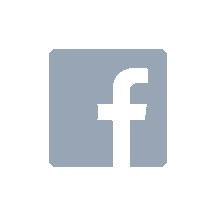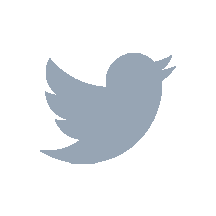Welcome to Outstanding
Royalty Free Horror Music






Listen to our Best Royalty Free Horror Music
We know the right song can make or break your project. That’s why every track in our library is vetted by award-winning producers. Hear for yourself. We've curated a playlist with our best royalty free horror music.
Looking for something different?
We got you. From classical to hip hop to indie, our audio library contains thousands of outstanding tracks. Use one of our 13 filters or check out other curated playlists to find what you need in minutes.
BROWSE THE FULL CATALOG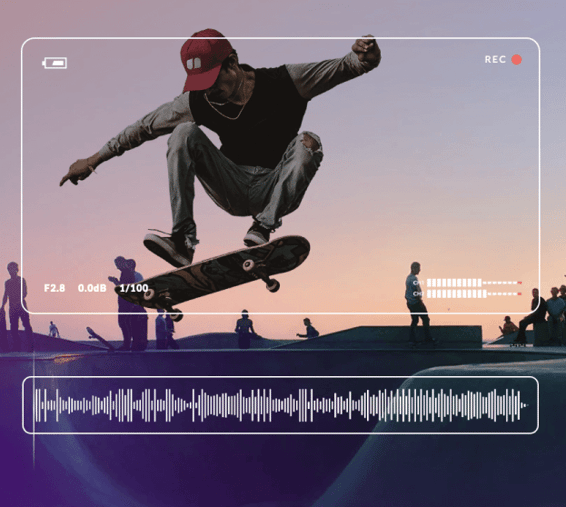
Dead Simple Licensing
Never worry about licensing again. With Soundstripe, your membership covers the cost for every song license. Just find the right track, download the file, and get a custom license. That’s it. No channel or media-specific fees, no recurring royalties, ever. Here’s more good news: you have unlimited licenses. Go ahead, download as many songs as you want.
What Royalty Free Horror Music Can Do For Video
Horror films are hit or miss for a lot of people. Fans of the genre absolutely love it, and people who hate it would do anything in their power to avoid watching horror films. Very few people land somewhere in the middle.
When you step back and look at what makes a horror film so impactful, it’s interesting to study the different component parts. Whether it’s monster movies, body horror, supernatural horror, or something else entirely, you can pick out the key elements that make this genre such a powerful, visceral experience for viewers.
But no matter what draws you to horror films, there’s one piece that affects every single listener in a visceral way.
Sound.
We will take a look at how and where to use royalty free horror music. But first, it’s worth seeing the evolution of the horror genre and how music has grown to play such an important role in these films.
The Influence Of Sound On Human Emotion
Any film student could break down the elements that make a successful movie. But when it comes to the horror genre, the most important focal point is a sense of suspense or tension.
Good storytellers pull the viewer into a situation, then make them feel the same mounting discomfort or terror as the characters on screen. There are a few tricks to pulling that off, and perhaps the most influential are the pieces of sound design: music and sound effects.
Music plays a big role in how humans experience things, mostly because a song can drastically affect our mood. That’s why horror movies can cause such sudden spikes in our emotional state — even the absence of music can become a tool for sound designers. (We’ve probably all heard the phrase “the silence is deafening.”)
So what role does music play in your favorite horror movies?
The Use Of Music In Early Horror Films
Horror films have had a long and storied history, and you can clearly track the evolution of music within that genre. Specifically in the silent film era, films were a cinematic experience built around compelling soundtracks. Music literally carried the emotional “weight” for these movies.
Most people remember Nosferatu as the first horror film phenomenon. (The genre actually dates back to 1896 and The Haunted Castle.) The Cabinet of Dr. Caligari is the other great example of European horror films that really propelled the genre — perhaps even the entire industry — forward.
In the early years of silent film, the horror genre leaned on a curious blend of classical music and jarring cacophonies that created a surge in tension. This style felt very much in line with what viewers expect, and that played a role in helping attract audiences to films that unsettled or scared them.
Now contrast that with Dr. Jekyll and Mr. Hyde from 1920:
The heavy use of pipe organs creates a much more ominous tone than what we saw in the German Expressionist horror films. Maybe that’s because the story is more of a tragic tale of humanity than a standard “monster” story.
Either way, that soundtrack marked a turn in how composers operated within the horror genre.
The First Wave Of Monster Movies
The 1930s gave us the birth of the first big rush of monster movies. Bram Stoker’s Dracula was published in 1897, and the public had been through something of a “monster craze” already. But recreating those terrors on the screen brought the horror genre to new levels of success.
While the film was released in 1925, it’s possible to argue that The Phantom of the Opera played just as much a part as the other movies on this list. And, in some ways, it helped establish the idea that elements of horror could be incorporated into any other genre of film.
In Rupert Julian’s movie, each scene crafts a palpable atmosphere. But it’s the music that plays a dominant role in creating the emotional highs and lows that characters — and, through them, viewers — experience along the way.
As we move into the 30s, the monster movie craze really picked up steam. Frankenstein (1931) became such a widely praised movie that one scene in particular has become an unforgettable piece of cinematic history:
And then came a proverbial wave of popular horror movies: The Mummy, The Invisible Man, King Kong, and The Bride of Frankenstein. If earlier films established the genre, then these monsters pushed horror movies into the limelight.
Invasion of the Body Snatchers and The Fly may rank among the best horror movies of all time, but the monster movie era entered a new level of artistic achievement in the years of Alfred Hitchcock and Roman Polanski.
Suddenly the horror film genre became a conversation starter. Films revolutionized parts of the industry, from pushing the boundaries of “adult content” (Psycho’s shower scene shocked millions of viewers around the world.) and special effects to creating new genres of music.
It may be strange to think that horror film directors were pioneers in Hollywood, but it’s hard to discount the influence this genre has exerted over the past century.
The Golden Age Of Horror
It should come as no surprise that the 1970s and 80s caused a major shift in the tone of horror films. That shift encompassed every single facet of production, from themes to gore to sound and lighting. This is the period where horror films “grew up” into what we know and love (or fear) today.
First came The Texas Chainsaw Massacre, The Omen, and Alien. The 70s really saw horror explore paranormal and body horror, and the music in these films could not be any less similar to the classical-inspired scores from the start of this list.
Richard Donner’s The Omen (1976) went to great lengths to pay homage to the traditions of horror films while presenting its dark story in an very modern style:
It’s hard to imagine any other kind of music delivering the same emotional reaction. Jerry Goldsmith created a score that feels religious but is downright disconcerting. That combination perfectly suits what has become one of the greatest horror movies of all time.
And no list of 70s horror films would be complete without John Carpenter’s Halloween:
Carpenter (who also composed the soundtrack) set out to create a terrifying movie that felt a little too close to real life. But some classical influences clearly worked their way into the score too, which just goes to show that the genre was still in a transition phase of life.
Even Alien couldn’t quite escape that influence.
Jerry Goldsmith makes his second appearance on the list with another unforgettable soundtrack that leveraged the full orchestral sounds of a major blockbuster (Alien’s score is right up there with another big SciFi epic scored by John Williams)...but things pivot quickly to an eerie, sound effects-driven suite of unsettling chimes, strings, and noises.
This particular track is a prime example of Goldsmith’s genius, and it shows why horror music plays such an important role in this film genre. Tension and emotion are equally powerful, and Alien’s soundtrack applies both of those things in large doses.
The End Of Classic Horror Films
We all remember the 1980s for hair metal and futuristic SciFi, but horror films enjoyed its last big surge in popularity. Everyone remembers The Shining, Friday the 13th, and The Evil Dead, but we also got the first successful deviations from what audiences expected out of a horror film.
First of all, is there anything more stereotypically 80s than that theme?
And second, Ghostbusters wasn’t exactly a defining moment for the genre. But when you pair it with Gremlins, there’s clearly a trend of family-friendly movies that became cult classics.
A more expected — and traditional — trend would be the resurgence of paranormal or spiritual horror. These were always among the most unnerving for audiences, and the 1980s brought a new level of technical sophistication (sound effects) and presentation (music), as seen in Poltergeist.
If Psycho and Nosferatu were defining horror films for their generation, Poltergeist is probably the gold standard for 1980s horror. And yes, from a musical standpoint, it’s basically true to say that Jerry Goldsmith really did craft the sound of what we think of as a horror movie.
The heavy focus on discordant notes and staccato strings have become a defining trait of “scary” music, and while that’s always been true, Goldsmith showed that it’s possible to deliver that same anxiety-inducing sound in a variety of ways.
Horror Films In The Modern Era
Modern horror films have continued to change with the times. The Blair Witch Project went for a full-on documentary approach, as have other paranormal movies. Many big-budget films take a more cinematic approach, going for a full orchestra performance with only hints of the uncomfortable sounds of older films.
Some films take a completely different approach, looking for new subgenres that remind us of the classic movies that scared us as kids. One example would be It Follows:
You can hear pieces of Jerry Goldsmith’s ideas in this theme from composer Disasterpeace. The resonant bass and chime-like style definitely capture some nostalgia, while still allowing for a lot of flexibility in how the movie builds and maintains a level of unease and fear.
But that is less true in films like A Quiet Place, where the music is much more contemporary:
The soundtrack is a mixture of beautiful piano, cinematic scoring, and sound effects. But that also matches the emotions of the film, helping to create a modern horror movie that audiences love and will remember for a long time.
Horror films have come a long way, and every piece of production has changed with it. But it’s hard not to see how the power of music plays such an important role in a viewer’s connection with and response to this genre.
But knowing the value of horror music is only half of your challenge. As someone who is looking for horror music to add to future videos, you’ll also need to figure out where to get your music.
And to do that, you need to know how to navigate music licensing.
How To Use Royalty Free Horror Music In Your Videos
YouTube’s Content ID claims can be scary things, and the whole system of music copyright makes that even more intimidating. But no matter how confusing it is, licensing is something you need to understand in order to protect yourself and your projects.
In a nutshell, music copyright exists to protect musicians. Let’s look at an example.
If an artist spends months writing and recording a song, then gets a record label to produce and distribute it, they are going to be pretty protective of that song. They’ll be happy to hear it at a public event or playing from a car on the freeway, but if someone else takes their song and uses it in a movie, commercial, or vlog, it sort of feels like that person is benefitting from their work.
(Similarly, if you spent a few weeks on a big video project, you’d get annoyed if you saw someone on YouTube take a clip from your video and claim it as theirs.)
Music licensing serves as a middle man. It’s a system that enables people to legally use a song in their own projects, and it also makes sure that the people who made the song are compensated. Think of it as a collaboration, and you’re paying your partners for what they contributed to the project.
But royalty free music is your shortcut to getting great songs for a fraction of the price. More importantly, you’ll get the music you want without the hassle of elaborate licenses, royalty free payments, and a stack of contracts.
It’s easier, cheaper, and sometimes even better for filmmakers, YouTubers, and content creators.
This kind of music covers every genre, subgenre, and style. (Yes, you can absolutely find royalty free horror music.) And companies like Soundstripe have streamlined the process into a subscription plan.
In other words, you already pay for Disney+ or Spotify Premium. A Soundstripe account gets you access to thousands of songs for a single price. As a subscriber, your job is simple: Find a song you love, click “License,” tell us a few details about your project, and drop that song into your horror movie’s timeline.
It’s radio-quality music for a price you can afford. And because we own our entire song library, you’ll get unlimited access to royalty free horror music that you can use without ever having to worry about content claims or cease and desist orders. Peace of mind is a beautiful thing.
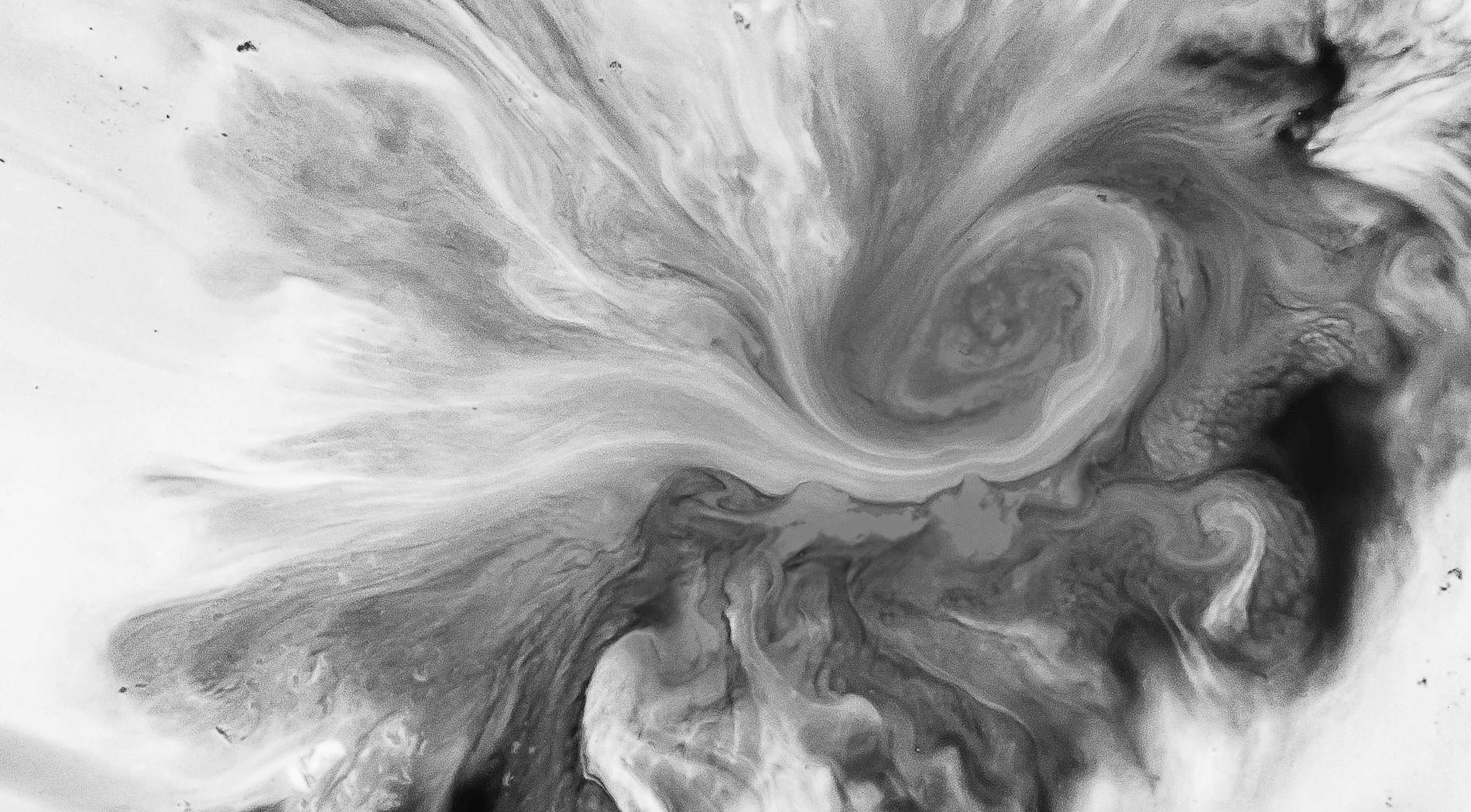
Have questions? Give us a call
855.224.0847
Soundstripe - Unlimited Music for Video
© 2017-2020 A Product of Soundstripe, Inc
Nashville TN


